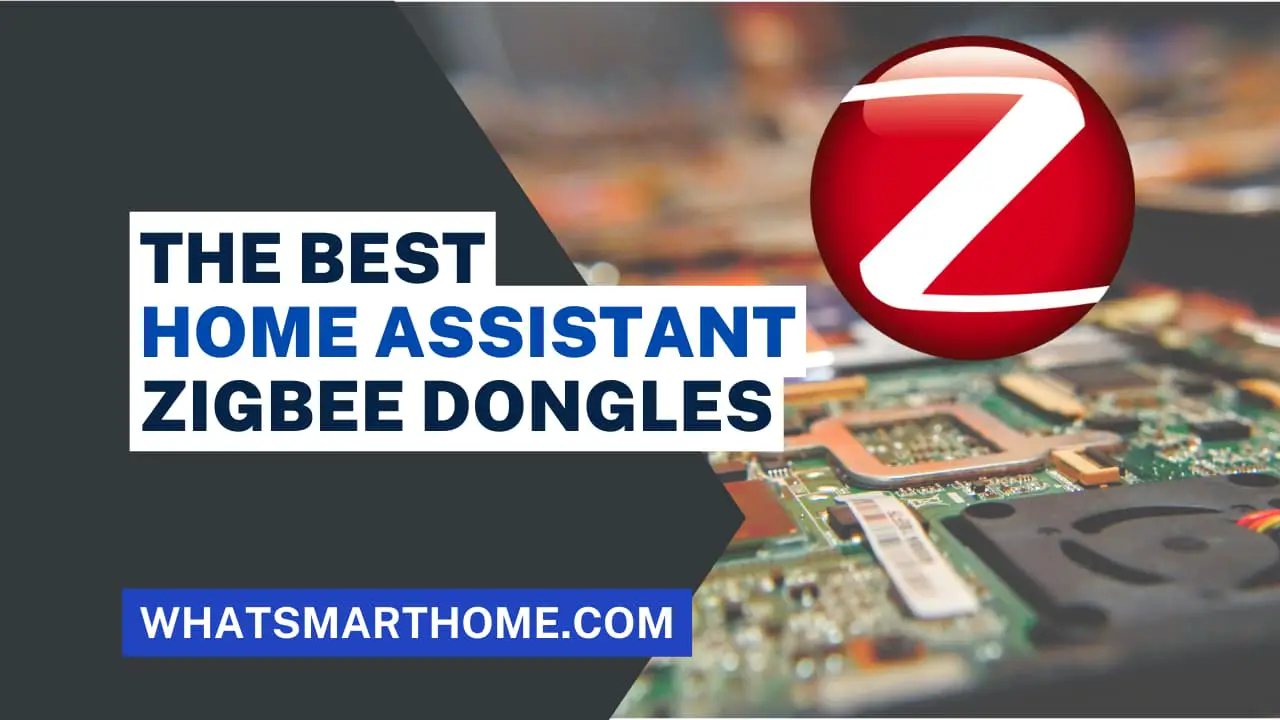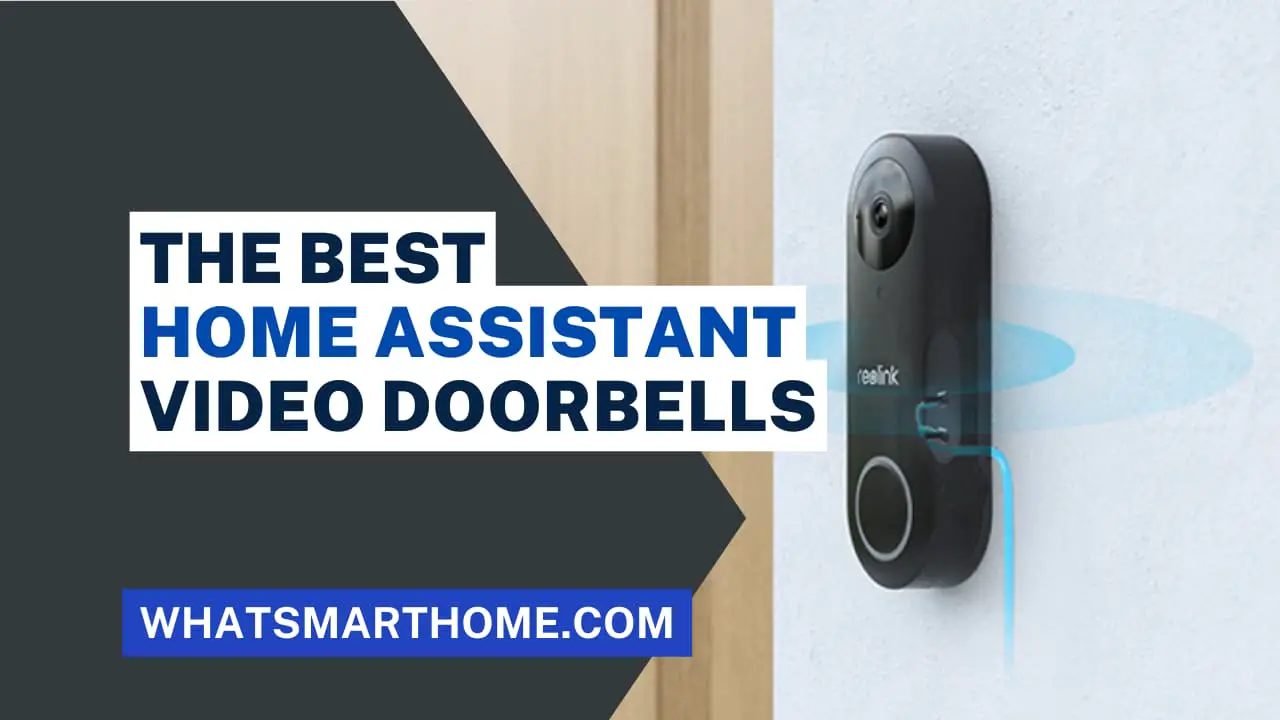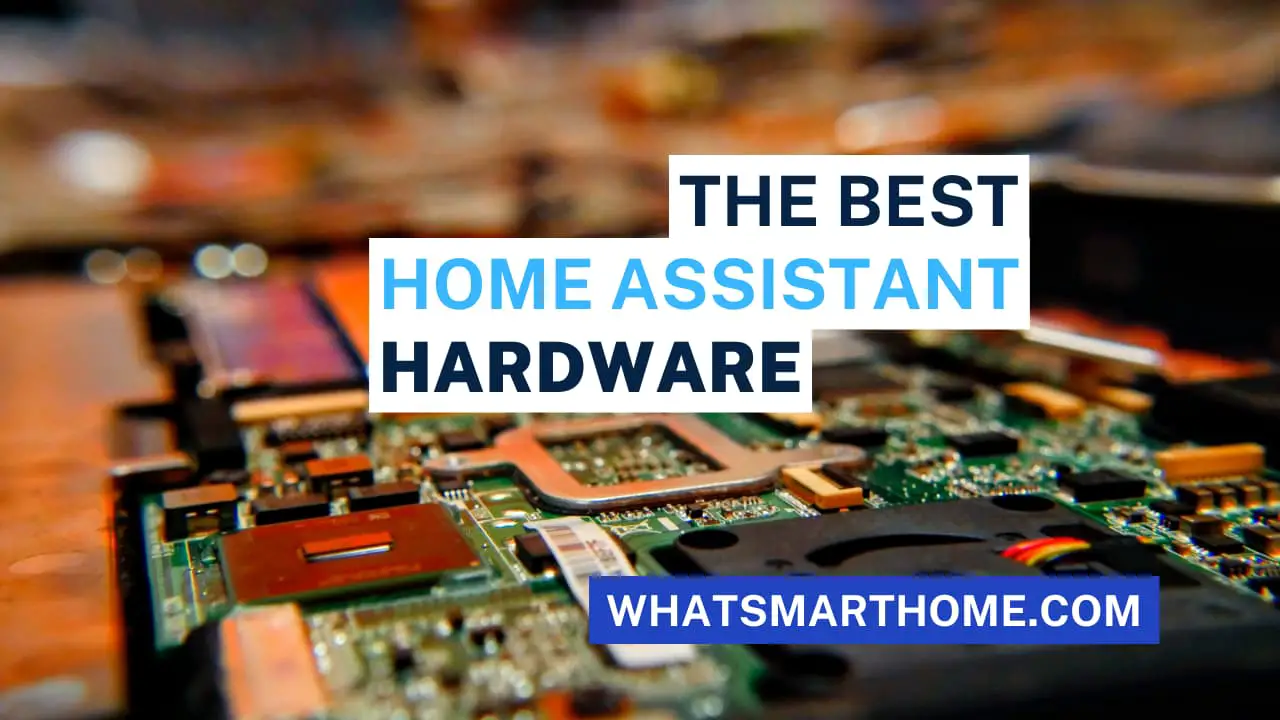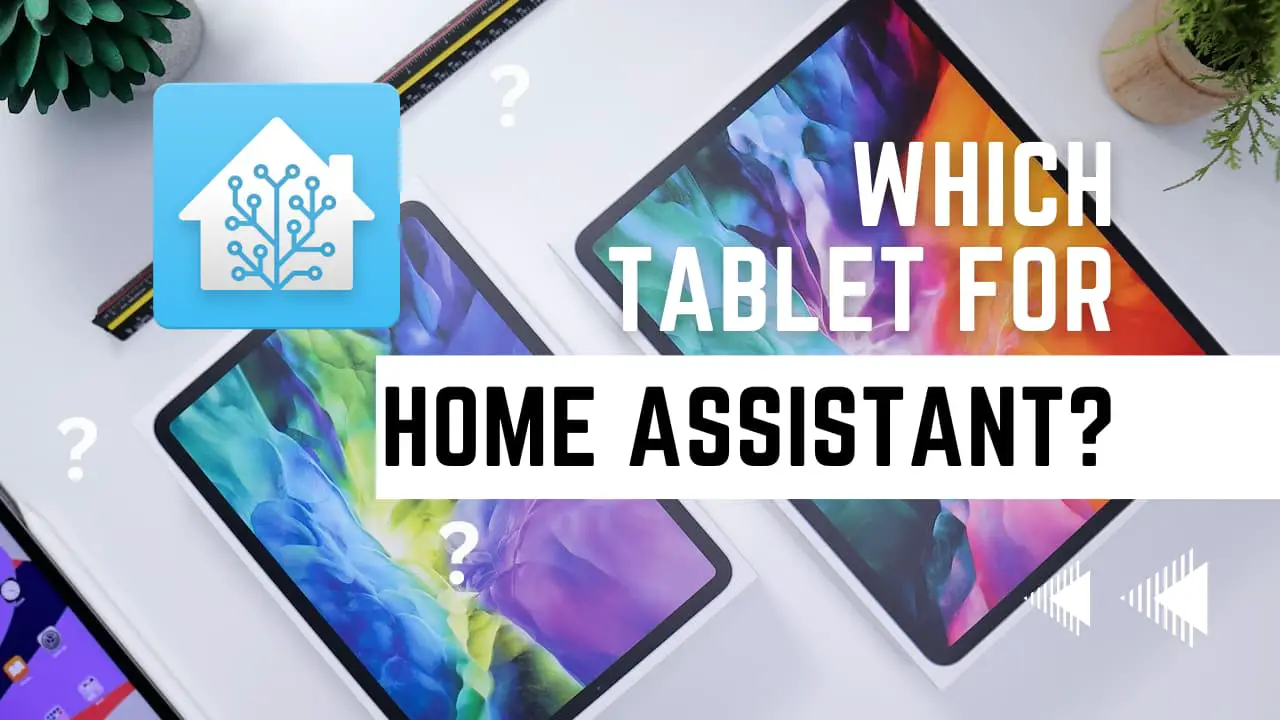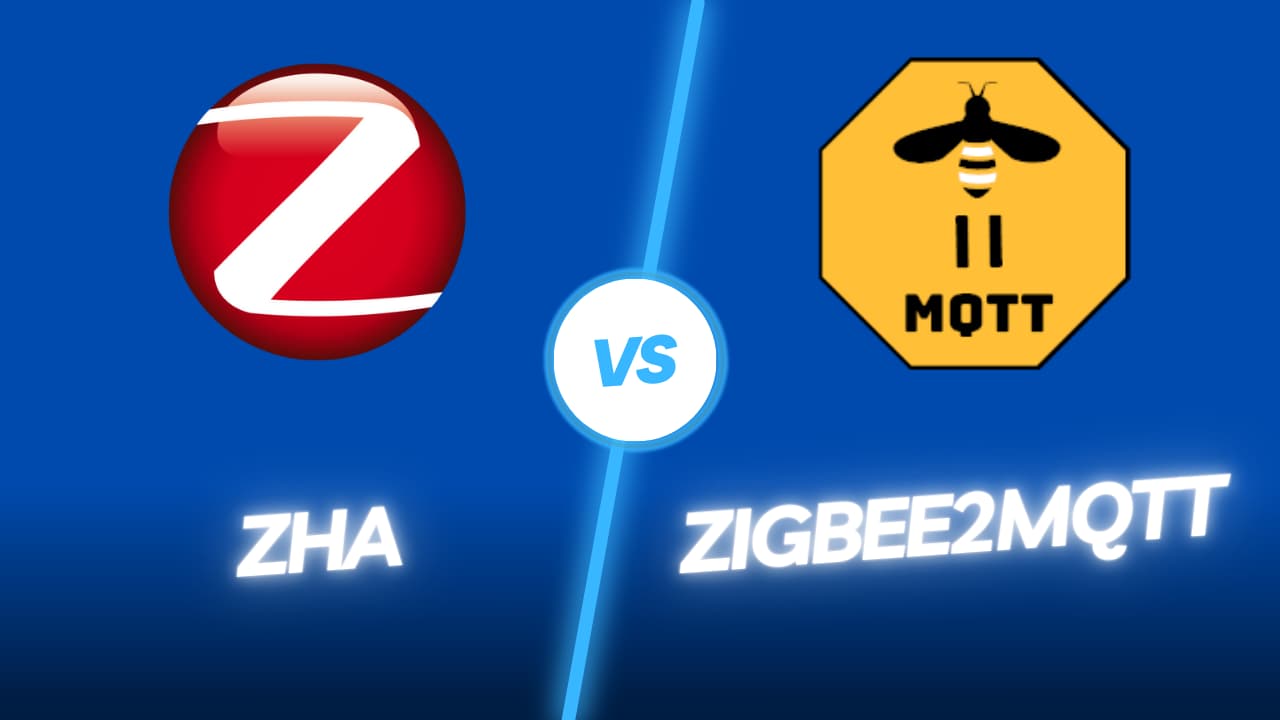
Smart home enthusiasts are always on the lookout for the latest and greatest technologies to enhance their living spaces. When it comes to smart home protocols, Zigbee plays a crucial role in connecting and controlling smart devices, making it an essential component of any smart home ecosystem.
In this article, I'll dive deep into the world of Zigbee2mqtt vs. ZHA, exploring their features, advantages, and use cases to help you make an informed decision for your smart home setup.
Introduction
Smart homes are becoming increasingly popular, thanks to the convenience and automation they offer. From controlling your lights and thermostats to managing security systems and entertainment devices, smart homes provide a level of control and efficiency that was once the stuff of science fiction. Central to this transformation are the communication protocols that enable smart devices to interact with each other and with you, the homeowner.
Among the many protocols available, Zigbee stands out as a very popular choice.
But if you have a DIY smart home setup with Home Assistant you will need to choose between Zigbee2mqtt and ZHA.
Both offer reliable communication between devices, but they have differences that can impact your smart home experience. To shed light on this topic, I have created an extensive comparison of Zigbee2mqtt vs ZHA, covering everything from compatibility to setup and beyond.
Key Takeaways
Zigbee2mqtt and ZHA are both popular software projects used in smart home automation.
Zigbee2mqtt is an open-source bridge that connects Zigbee devices to MQTT, offering high compatibility and community support.
ZHA, or Zigbee Home Automation, is often integrated into smart home hubs and provides a seamless setup for users of these hubs.
Setting up Zigbee2mqtt may require more technical knowledge, while ZHA can be more user-friendly when integrated into a compatible smart home hub.
Performance and reliability can vary depending on factors like hardware and network conditions, but both protocols offer strong performance when configured correctly.
Both Zigbee2mqtt and ZHA benefit from active user communities that contribute to their development and support.
What is Zigbee?
Zigbee is a wireless protocol that is commonly used for IoT and home automation devices like smart lights, switches, sensors, and more. It allows these devices to connect and communicate with a central hub or bridge.
There are two main Zigbee integrations available for Home Assistant - Zigbee2mqtt and ZHA (Zigbee Home Automation). Choosing between these two can be confusing, so let's take a look at how they compare.
Overview of Zigbee2mqtt and ZHA
Zigbee2mqtt
Zigbee2mqtt is a separate application that runs alongside Home Assistant. It uses a Zigbee coordinator to communicate with your devices. The key advantage is that it stores all device information in an MQTT broker, allowing easy integration with Home Assistant and any other system that can communicate with MQTT.
 Zigbee2MQTT web interface
Zigbee2MQTT web interfaceNote
For further information about what Zigbee2MQTT is and how it works checkout this article.
ZHA (Zigbee Home Automation)
ZHA is Home Assistant's native Zigbee integration. It connects directly to a Zigbee USB stick or module. Device information is stored in Home Assistant's database rather than a separate MQTT broker.
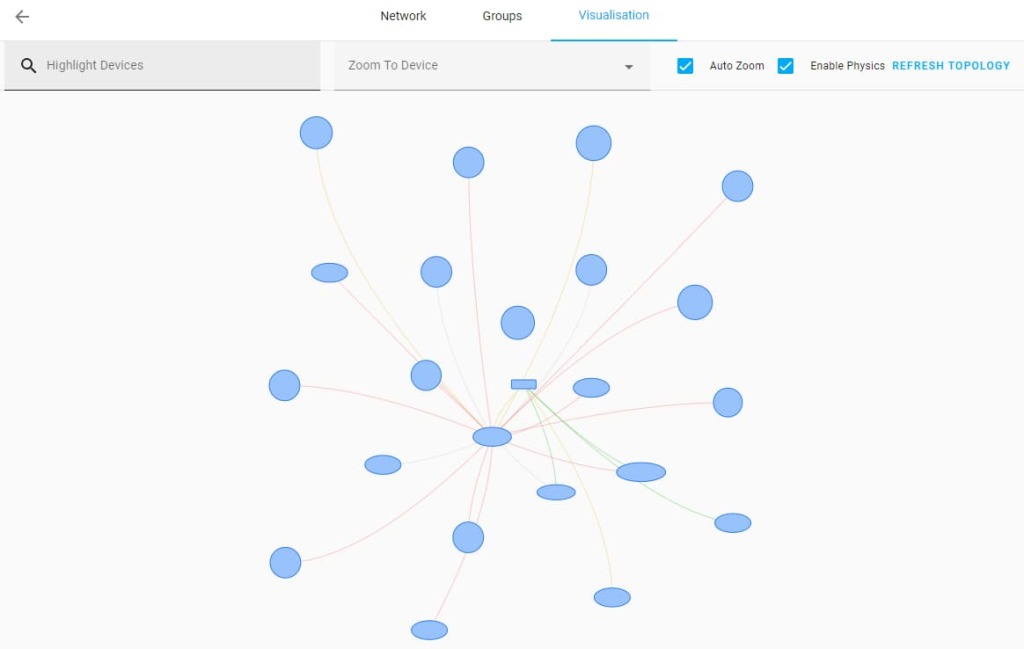 ZHA Zigbee network visualisation diagram inside Home Assistant
ZHA Zigbee network visualisation diagram inside Home AssistantZigbee2mqtt vs ZHA: Key Differences
Now let's dive into some of the key differences between these two options to help you choose the right one.
Ease of Setup and Use
ZHA is generally considered easier to set up, especially for beginners. It has a wizard that guides you through configuration. Zigbee2mqtt can be more complex to set up because you require a separate MQTT broker.
Tip
Check out my Zigbee2mqtt setup guide for Home Assistant.
Zigbee2mqtt has a useful web interface for device management and troubleshooting. ZHA is integrated seamlessly within the Home Assistant UI.
Compatibility and Support
ZHA supports more devices out of the box than Zigbee2mqtt. However, Zigbee2mqtt has a community-driven database that adds support for many other devices.
Zigbee2mqtt is more frequently updated to add new device support. But ZHA is directly integrated into Home Assistant so can receive updates along with it.
Reliability and Stability
Zigbee2mqtt is highly stable and many users report rock solid performance. The separation from Home Assistant helps isolate issues.
Some ZHA users have experienced stability issues and found devices to become unavailable. But recent updates have improved reliability greatly.
Flexibility and Customization
Zigbee2mqtt offers more flexibility for power users. You can finely configure options and integrate it with other systems using MQTT.
ZHA provides integration out of the box with Home Assistant, however advanced customizations may be more difficult compared to Zigbee2mqtt.
Resource Usage
Zigbee2mqtt requires running an additional service so uses a bit more resources like memory and CPU. But it's relatively lightweight.
ZHA runs natively on Home Assistant so it has lower resource demands, however large Zigbee networks can still slow down the system.
When to Use Zigbee2mqtt or ZHA with Home Assistant
Based on the differences, here are some guidelines on when to use each Zigbee integration.
| Use Zigbee2mqtt if | Use ZHA if |
|---|---|
| Stability is critical and you want isolation from Home Assistant | You want tighter integration with Home Assistant |
| You need flexibility to customize using MQTT and integrations | You have devices not supported by Zigbee2mqtt |
| You have a large Zigbee network with 50+ devices | You don't need advanced customization or MQTT features |
| You want to minimize resource usage on your system |
Conclusion
Summary of Main Points
Zigbee2mqtt is more complex to set up and manage while ZHA is more integrated into Home Assistant
ZHA has wider device support but Zigbee2mqtt community support is rapidly expanding
Zigbee2mqtt is more flexible for power users while ZHA provides out-of-the-box integration
For large networks or stability concerns, Zigbee2mqtt has advantages over ZHA
Recommendation on Which to Use
In most cases, Zigbee2mqtt is the best choice for most users or those with stability issues on ZHA. However, if you have uncommon devices or don't need advanced features, ZHA works well.
I have used both and currently have settled on ZHA because I didn't want to have to use MQTT. Additionally, I have a Home Assistant Sky Connect and use ZHA for its multiprotocol support to give me both Thread and Zigbee support (this was easier to configure with ZHA).
Consider your specific needs and devices when deciding which Zigbee integration to use with Home Assistant. Both have pros and cons, and you may even want to test each one to see which works better for your system.


